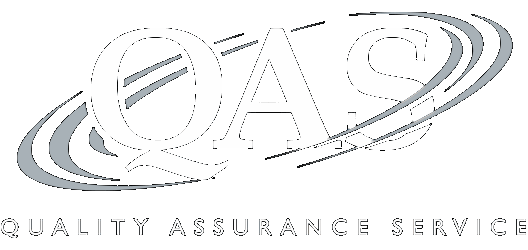Section 754 Elections on Form 1065: Making Valid Elections, Seeking Relief for Missed or Invalid Elections
Mastering the Mechanics of Election Statements, Schedules K-1, Obtaining Relief under Regulation § 301.9100, and More
Note: CLE credit is not offered on this program
Recording of a 110-minute CPE webinar with Q&A
This course will provide tax advisers and compliance professionals with a thorough and practical guide to the mechanics of reporting a Section 754 election on a partnership's IRS Form 1065-–“U.S. Return of Partnership Income.” The panel will first discuss the significance, tax stakes, and mechanics of the Section 754 election, and then explain the specific types of relief that may be available when a partnership fails to make a timely and valid election.
Outline
- Substantive overview of the Section 754 election
- Section 743(b): Transfer of partnership interests
- Section 734(b): Distributions of property or cash
- Section 755: Allocation of the §734(b) and §743(b) basis adjustments
- IRS Form 1065: Tips regarding the Section 754 election
- Missed Section 754 elections: Relief available under Reg. § 301.9100
- Automatic extensions of time: Reg. § 301.9100-2
- Non-automatic, discretionary extensions of time: Reg. § 301.9100-3
- Establishing “Reasonable Action and Good Faith” in a PLR request: The positive & negative benchmarks that should be established and discussed
- Specific case studies and examples
- Revoking a Section 754 election
- Final takeaway tips and Q&A
Benefits
The panel will discuss these and other important topics:
- Documentation that must accompany a Section 754 election on a Form 1065 tax return
- Who must sign a Section 754 election?
- A partnership's Section 754 election absent notice from a transferee partner
- Steps for claiming automatic relief under Section 9100
- Seeking Section 9100 discretionary relief – How to draft an effective PLR request and understanding the requisite benchmarks the IRS is likely to consider
Faculty

Marcus E. Dyer, CPA, JD
Principal, Team Leader of Tax Controversy
Withum Smith+Brown
Mr. Dyer manages and reviews all aspects of federal and state tax compliance for C-corporation, S corporation and... | Read More
Mr. Dyer manages and reviews all aspects of federal and state tax compliance for C-corporation, S corporation and partnership returns, including consolidated C-corporation returns. He advises businesses on a wide array of tax matters including but not limited to reorganizations and employee benefits. He manages and reviews all aspects of the preparation of high net worth individual returns and conducts tax research on federal and state tax issues. He also handles tax controversies, including at the examination, appeals and collections stages.
Close
Pamela A. Fuller, Esq., J.D., LL.M.
Senior Counsel (Tax, M&A, International)
Tully Rinckey PLLC and Zahn Law Global
Ms. Fuller is a corporate and international tax attorney with over 20 years experience in advising a wide range of... | Read More
Ms. Fuller is a corporate and international tax attorney with over 20 years experience in advising a wide range of clients -- including private clients and companies, joint ventures, private equity funds, HNW indviduals, C-Suite executives, "start-ups," and government entities -- on transactional, investment, and supply-chain strategies to achieve optimal tax and business results. She has deep expertise in structuring cross-border M&A transactions, and advising mobile international families. Her clients hail from a multitude of industries, including the burgeoning world of decentralized finance (DeFi). Pamela is also a seasoned taxpayer advocate, with decades of experience resolving complex U.S. federal, state, and foreign tax controversies.
Close
